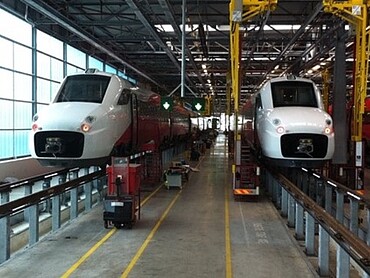Abstract
Between 2001 and 2006, a dedicated high-speed rail track was built between Amsterdam (the Netherlands) and the Belgian border. A concession for operating the connections was awarded to a consortium including Dutch Railways (NS), which then set up a task force to purchase the necessary trains. After a lengthy and complex tendering process, where several suppliers dropped out because they could not or would not comply with the requirements, a contract was awarded to the Italian company AnsaldoBreda, who came up with a unique, customised design. The subsequent production and testing process was fraught with delays, but in December 2012, the Fyra V520 entered into service. However, significant safety issues occurred after only 40 days and the trains were taken out of service. For several months, parties unsuccessfully tried to find a solution for the technical problems. In May 2013, NS cancelled the contract. The case provides students with insights into the vendor selection process for a unique asset, with a specific contract form (Design & Construct), and into contract management during and immediately after the manufacturing process. The specific public procurement setting, and the interrelationships with a preceding concession tender process, provide a salient contextual setting.
Citation Note
Based on field research; 11 pages
Follow the 'handle' link to access the Case Study on RePub.
For EUR staff members: the Teaching Note is available on request, you can contact us at rsm.nl/cdc/contact/
For external users: follow the link to purchase the Case Study and the Teaching Note.
Objective
1. Understand the practical challenges of tendering and supplier selection. 2. In the specific context of public procurement, understand the interconnection between (operating) concessions and the acquisition of resources and materials. 3. Identify the essential elements of contract management, including risk management.
